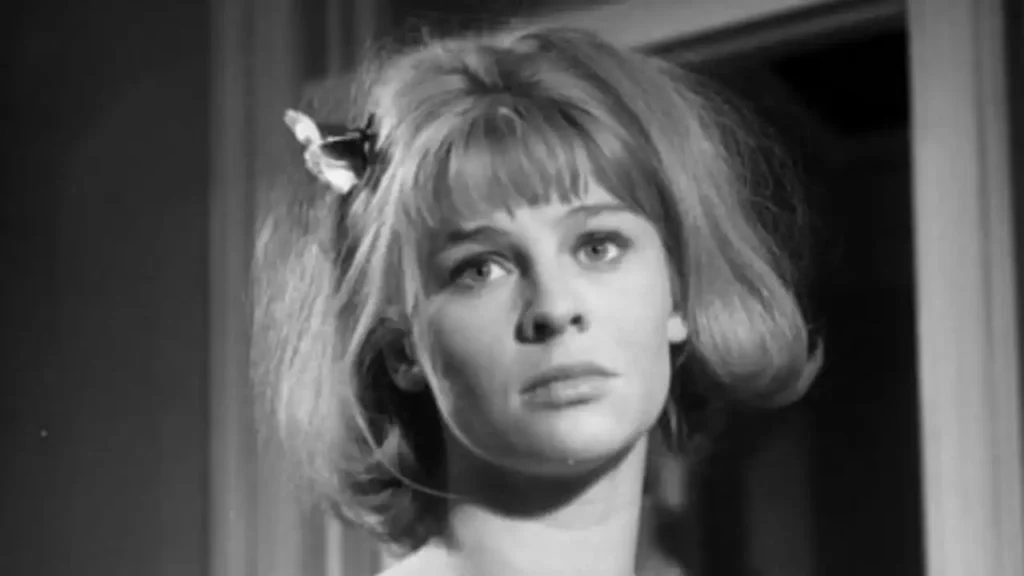Darling (1965), starring Julie Christie. A biting romantic satire of the swinging 60s, this classic film delivers style, substance, and emotional impact.

The 1965 film Darling, starring Julie Christie, remains a bold and stylish look at fame, love, and the shallow side of success. Directed by John Schlesinger, this British classic explores the highs and lows of the 1960s “Swinging London” era. Even today, it still feels fresh, daring, and powerful.
Julie Christie plays Diana Scott, a beautiful and ambitious young model. She starts as a small-town girl but quickly rises to fame in London. Along the way, she dates a married TV interviewer, then a writer, and later a wealthy Italian prince. Each relationship promises her more success but less emotional satisfaction.
Christie gives a remarkable performance. She plays Diana with charm and depth. You see her grow more powerful and more empty at the same time. Her acting won her the Academy Award for Best Actress in 1966, and it’s easy to see why. Every expression shows both confidence and confusion.
The film also stars Dirk Bogarde and Laurence Harvey, both playing men who help (and hurt) Diana’s journey. Their performances support the story well, showing how men in power can both attract and trap women like Diana.
Schlesinger’s direction is bold. The camera often lingers on faces and fashion, reflecting the glamorous but hollow world Diana lives in. The black-and-white cinematography adds to the film’s sharp style.
But Darling is more than just a story about one woman. It’s a criticism of the fast-paced, self-centered culture of the 1960s. It shows how people chase fame and fortune while losing themselves along the way.